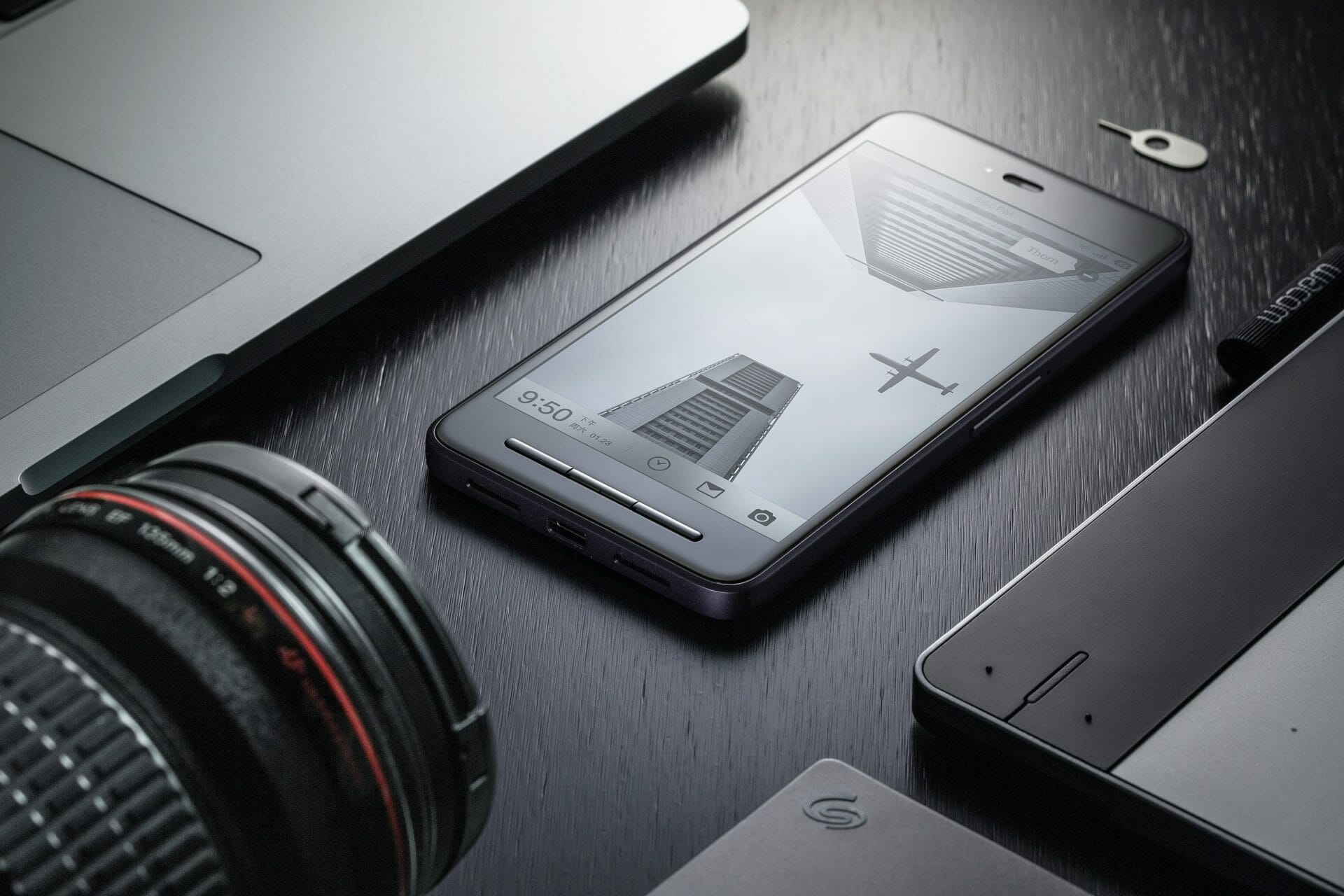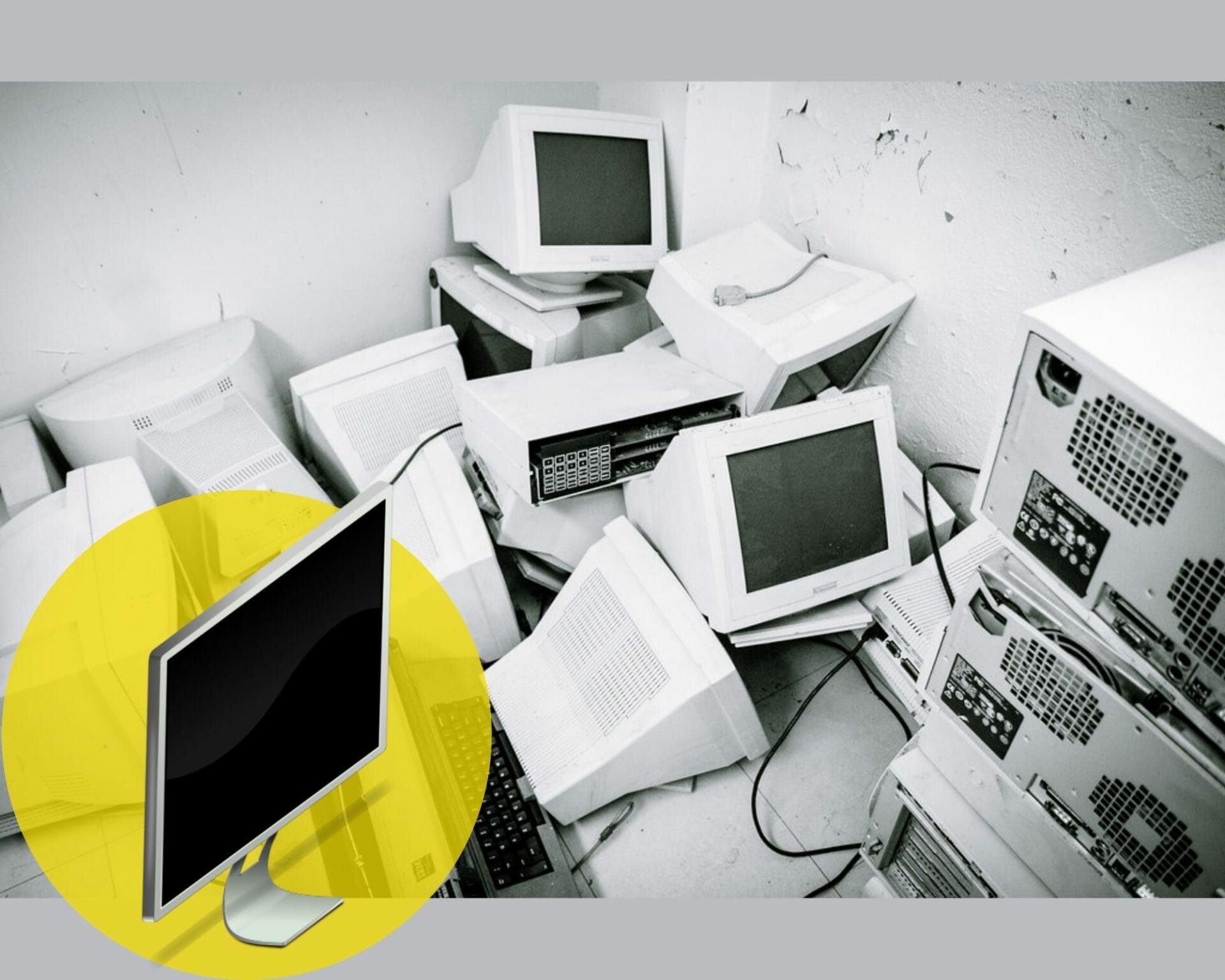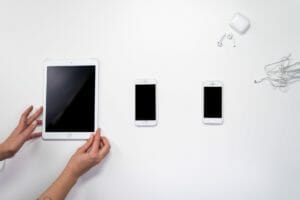Table of Contents
The bezel is a word you may have never heard before, but it's something you see every day. So, what is a bezel? Bezels are the thin metal or plastic frames around smartphones and dive watches. You can also find them on jewelry and other decorative objects.
You usually can't see it because it's hidden behind whatever you're wearing or holding, but it's there. And with so many new phones coming out with curved screens, a bezel is more crucial than ever. Bezels come in all shapes and sizes, but everyone serves the same purpose: To keep your screen safe from scratches and cracks. Keep reading to learn more about the bezel.
What Does a Bezel Do?
A bezel does a lot more than add style. It keeps the screen from touching other surfaces, which helps reduce scratches and cracks. If your phone doesn't have a bezel, you'll notice that the screen lifts when you lay it on its side.
That's because when you're holding it in portrait mode, the top of the phone is off the table and touching your hand. This constant contact with other surfaces can scratch or chip away at your screen until noticeable cracks or fractures.

A bezel also protects your fingers from the screen, which can be especially useful for pocket phones. When you're pulling it out of your pocket, if there isn't a taper between the front and back glass overhang, the edges of your phone are sharp and unprotected. If your hand grazes against the edge, you can cut yourself or damage the phone.
A Brief History of Bezels
Bezels as decoration have been around for centuries. Egyptian women wore ornamental collars that looked much like a bezel of a piece of jewelry. The word 'bezel' comes from a French meaning 'to pave with precious stones. The Egyptians used emeralds and other stones to decorate their buildings and clothing.
Bezels have been used as jewelry or decoration for centuries. In early bezel settings, the stone wasn't attached to a band. It was just a flat disc sitting on top of a ring. The stones were held in place by prongs pushed through the metal and bent over the edge of the setting to hold it in place.
Now, bezels are still used on jewelry and other decorative objects. But they're more than just a frame with no purpose. They protect the minor thing on top of them, which is why all screens have some metal or plastic border around them. The same material used to keep the screen safe also makes the modern bezel timeless.

Modern Bezels - Then and Now
The early CRT computer monitors used to have a thick black border around them. Because it wasn't flat, more screen space was needed. It was very bulky, similar to what you might find on an old car radio or television set. As technology improved, the screens became flatter and slimmer. Eventually, they could fit all of their components into a thin frame with no extra space for airflow.
These days, many phones are starting to look like that original bulky monitor. The bezel used is becoming smaller because companies can get away with it. That's not good news for screen protection, but it's fantastic news for design and looks.
Stylish phone bezels only continue to get thinner and more enjoyable. Now that they don't have to fit all of the components, there's room for some creative engineering on this small frame. You'll see bezels that curve into the screen or wrap around it with just enough room for some buttons and LEDs.

How Bezels Are Getting Smaller
Companies are starting to experiment with some wacky phone designs. We've seen phones with dual displays that look like a piece of paper folded upon itself. The screen is almost always on one side of the phone, with extra space behind it where the components live.
That's why modern bezels are so slim. There are only a few millimeters of space between the edge of the screen and the face of your phone. As such, it becomes impossible to grip them by laying your hand on either side, which helps protect against drops. Instead, manufacturers are turning to new materials that are super grippy.
These sticks are made from soft-touch covers that come in various styles. They make it easier to pick up your phone from a table, and they're resistant against dirt and oils that build up on your hands throughout the day. But they don't add much bulk to your phone.
Bezels on Displays
The bezel is everywhere. It's not just on your phone anymore; it's used on displays in pretty much every electronic device you can find. It includes computers, televisions, appliances, and even some household tools. Here are just a few places you'd typically expect to see that silver edging around the screen:
Every laptop has a bezel around the screen. It's there to keep your desk clean, and it provides a place for you to hold the computer if you want to use the touchscreen or press the power button. Also, all tablet computers have a bezel of various widths. It prevents the user from accidentally tapping the screen when trying to press or interact with other parts of the device.
Television screens have a pretty sizable bezel surrounding them. There are components like speakers and LEDs that need an open area to function correctly.
How Does the Size of the Bezel Make a Difference?
The size of the bezel used to matter a lot. A larger border would mean that you could hold your phone correctly and comfortably use its buttons. However, it also made them harder to carry and fit into your pocket. That's why phones with smaller bezels were considered advanced when we didn't have anything else in terms of design or display to fall back on.
Now, because of how technology works, bezels are mostly for looks. Companies are looking for ways to give their phones a unique look and feel - something that makes them stand out from the rest. A larger bezel might make it easier to handle your phone with one hand, but does it matter if most people use two?
As we said, there are still some practical reasons for having a slightly thicker or thinner bezel. The smaller the screen is, the more important that extra space becomes. That's because every millimeter of glass added to your phone means you have less room to grip it with. As such, you'll see bigger bezels on the latest electronic devices.
FAQ
Q. What Is a Bezel and What Does Bezel-Less Mean?
A. A bezel is the edge of a device's screen that runs around its perimeter: the frame where all the components live and display metal. The idea is this: when you put your hand on either side of a phone to hold it, your fingers shouldn't overlap into that area, so manufacturers design their devices with extensive black borders around the screen so your fingers have room.
Bezel-less is a buzzword, but it means that there's no bezel at all - and if you've ever seen an edge-to-edge display, you know what we're talking about. Bezel-less phones have a shiny, glassy front with a screen taking up almost the entire surface.
Q. What are bezels used for in the modern era?
A. Mainly, to separate the glass from the frame of your phone. It also makes it easier to hold onto your device while using it and gives you space to grip if one hand isn't enough.
Q. What are rotating bezels?
A. A rotating bezel is a rotatable ring around the outside of a watch. It is caused by indentations or protrusions of the band, bezel, and crown on both sides of the watch face.
Conclusion
So, to sum up, bezels aren't used for much these days. The only practical reason that you'd want it to be smaller is if you're trying to give your device that sleek futuristic look or maximize its screen without increasing the screen size of the device.
It's important to note that different manufacturers will prioritize one thing over another when it comes to the design of their bezel-less phones. Because a bezel-less edge-to-edge display is in fashion doesn't mean that all companies will follow suit.

